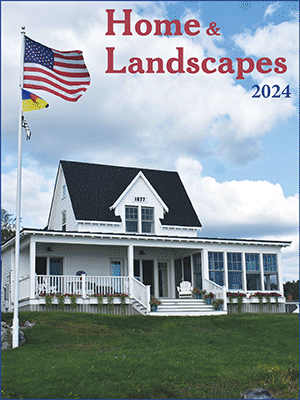Last minute gifts for the boater on your list
If the boater in your life, power, sail or paddle propelled, is like all the boaters I know, there’s always an item they would like as either a new gadget to add to their collection or an upgrade for something they already have. We’re not talking about placemats with sea horses on them or coffee cups with their boat’s name, but items that can make their boating (and yours) safer, simpler, and more enjoyable.
The great news about technology is that things tend to get smaller and cheaper; the bad news is sometimes things that used to be simple, think flip-phone, are now sometimes overburdened with settings and options, think new iPhone. Many items designed for boaters can also become frustratingly complicated, but many are still simple and worthwhile, (maybe) cheaper, and work better.
1. A Handheld Marine VHF Radio can be bought for under $100 and are the life-saving accessory that works for emergency comms, even when wet, when a cell phone doesn’t. When you dial 911, assuming you have a cell signal, an operator miles away receives the call and acts as the go-between with you and the Coast Guard. While familiar with the area and the standard procedures for emergency response, the 911 operator isn’t on a nearby boat that may hear your emergency radio call on VHF channel 16 and able to render assistance within minutes. 911 systems may have GPS acquisition capability from your smart phone, if it’s in range, but they’re still only a link in the comms chain between you and the Coast Guard which monitors VHF channel 16 and has instant triangulation capability on your transmission through the Rescue 21 System. With large antennas placed on high ground along the coast, Rescue 21 has range extending much further offshore than almost any cell signal and is monitored by marine emergency response specialists.
For an additional $100, a GPS capable handheld VHF radio will encode your distress comms with your position through the DSC (Digital Selective Calling) feature. DSC radios feature a “Panic Button” easily activated by you or anyone else on board…even a child.
2. For well under $100, a manual Inflatable Like Jacket (PFD) is a life saver with none of the standard “too hot,” “too bulky,” “too restrictive” excuses that have been used to avoid wearing a PFD at all times while on the water. Local waters are cold all year and falling in without a PFD already being worn can reduce your life expectancy to a very few minutes with cold shock and swim failure the fatal issues that may happen long before hypothermia sets in. Big boat or skiff, it’s the same cold water. If the weather’s hot, wear the Inflatable PFD over a T-shirt if, it’s cold, wear it over a jacket. No bulk or restriction of movement. If you go into the water, even if you’re hanging on to a traditional life jacket or someone throws you one, getting it on while flailing in cold water with fingers quickly losing dexterity, is a plan for failure. There are manual and auto-inflation models; the peace of mind of an auto-inflation model may cost a bit more, starting at around $100. depending on the type of auto-inflation system employed. The basic auto-inflation models use a dissolvable bobbin that triggers inflation when it gets wet and dissolves. The more expensive models at $200+ use a hydrostatic system that isn’t falsely triggered by spray, rain or prolonged high humidity, but only triggers when the wearer is approx. 4” below the water’s surface.
3. An EPIRB, Emergency Position-Indicating Radio Beacon, can summon help if your efforts to deal with an onboard emergency fail, no other comms are available, or you end up in the water. For about $250 you can get a GPS capable unit that will relay to the Coast Guard, through a satellite and ground station network, your exact position, and dispatch help to you regardless of where you may be. Registration is simple and having a personal EPIRB gives you the same emergency location transmitting capabilities as commercial vessels with larger, auto-deploying units.
Boaters have a lot to think about and watch out for when they’re on the water; adding some basic gear that enhances their safety while underway and gives you greater peace of mind, makes everyone’s lives easier and happier. No one goes out hoping for an emergency to arise, but arise they do and having enhanced backup safety systems just makes sense.
























